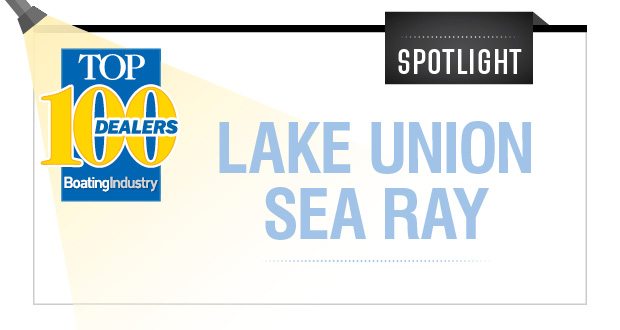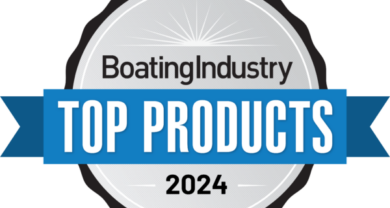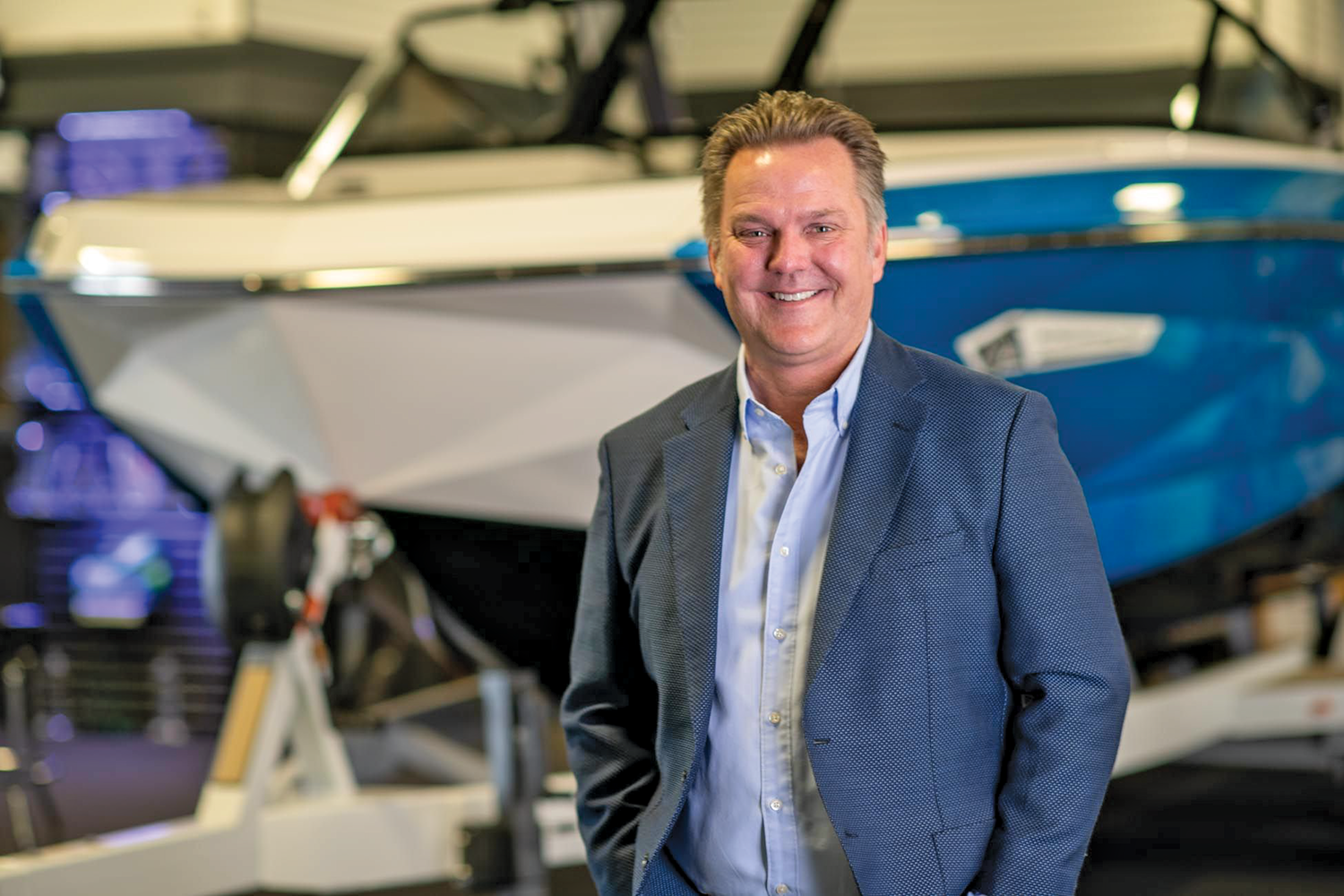Lake Union Sea Ray: Separate marketing budgets create flexibility

The Boating Industry Top 100 dealers represent some of the best boat dealers in North America. In the Top 100 Spotlight, we share some of their best practices.
It furthers the mission of the Top 100 program: to not only recognize the best dealers, but to share their knowledge and experience with the entire industry.
This month, we share Lake Union Sea Ray’s practices for building a successful marketing budget and plan.
At Lake Union Sea Ray, marketing is much more than an afterthought. Because it is so vital to the dealership’s success, it needs to be treated differently from other aspects of the business.
This begins with the budgeting process. Marketing is the biggest variable expense for the dealership.
“For something that can be 6 or 8 percent of our total expenses, that’s a pretty sizable number. It’s big enough to merit its own sub-process,” said Andreas Majewski, controller at Lake Union Sea Ray. “Any dealer who spends some time doing search engine optimization, is halfway sophisticated in online stuff, and runs a boat show or two … might benefit from this.”
This is a standard procedure; much of the dealership’s budget, whenever possible, is variable and “real time.” The controller, who has over eight years of budgeting experience with Lake Union Sea Ray in addition to his CPA and MBA, manages this.
The marketing manager prepares a realistic “wishlist” budget based on the events, shows, broadcasts and other expenditures she wants to execute in the coming year.

“It’s very flexible. It’s not that the budget is set and then we just let it run its course – it’s constantly changing and we change it based on the environment, essentially,” said Kay Woltman, marketing manager at Lake Union Sea Ray. “It’s not too far different than how any other budget would work; we just really make it separate from the big umbrella, if you will.”
The budget is then aligned with the sales and P&S budgets, ultimately adjusted up or down based on projected gross and net income figures.
“You’re not spending dollars in certain months that essentially you wouldn’t be able to afford. There’s a nice sense of checks and balances, and understanding what our customers want,” said Woltman.
Events are key to that budget, and having a separate budget has allowed Lake Union Sea Ray to try new things and take marketing risks, which ultimately pay off. The dealership created a custom website for its featured boats displayed at the Seattle Boat Show, lakeunionevents.com, which included photos, videos and descriptions for each model. The website was also used for lead enhancement by allowing customers to register for a VIP appointment at the show. With its custom website, Lake Union Sea Ray also incorporated a boat demo opportunity for qualified customers at the show. The dealership named a finalist for one of the Best Ideas of 2016 at the Marine Dealer Conference & Expo thanks to this strategy.
Lake Union also uses its budget to target digital audiences in promoting its events, as well as the dealership in general, as Woltman sees digital as “traditional marketing.” Lake Union’s marketing consists of utilizing online inventory exports like Boat Trader and Craigslist, social media management, search engine marketing, search engine optimization, email marketing and more.
“You have to be responsive. It’s not like ‘We’re just going to let it go and see how the first six months of the year go.’ We’re looking at this budget weekly,” said Woltman. “Digital is so measurable. So you know if something’s working or if it’s not.”
Using digital marketing as the main advertising medium in the dealership has given Lake Union Sea Ray the freedom and flexibility to try different campaigns and – if they are not working – change the messaging.
All it requires is a small time investment to track every day.
“It’s not like running [and] producing a TV spot, and you buy a TV schedule,” said Woltman. “You let it run because you can’t afford to produce another or different commercial that quickly, and it costs a lot of money to do that, so you kind of sit back and wait, and hope that it works.
“With [digital ad campaigns], you don’t have to. It can be done differently – you just have to make sure you’re managing through it every day, what’s working and what isn’t and adjusting it accordingly,” Woltman added. “It’s nice to be able to also not be bound to these crazy media schedules and you’re buying all these spots. Now it’s all about impressions.”




